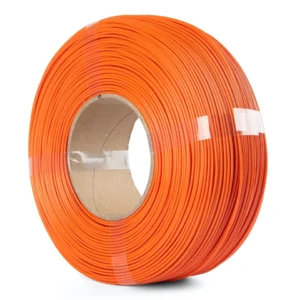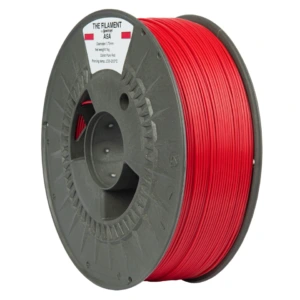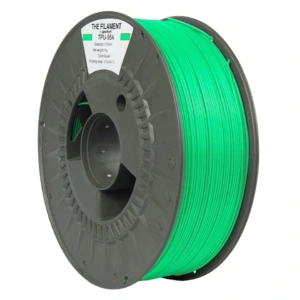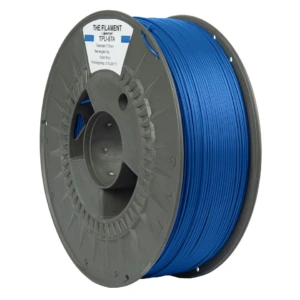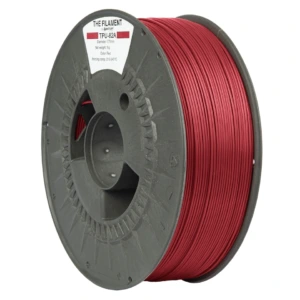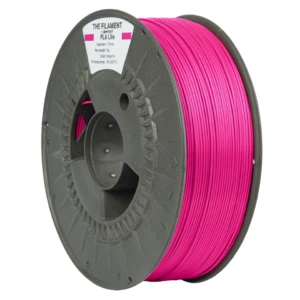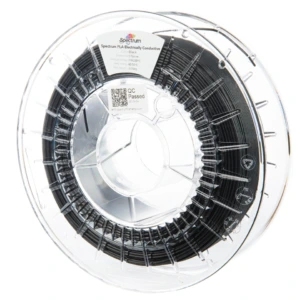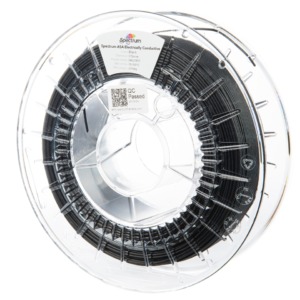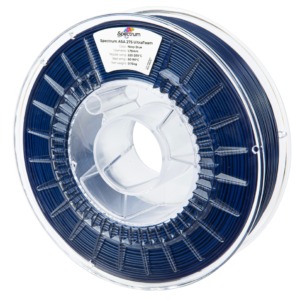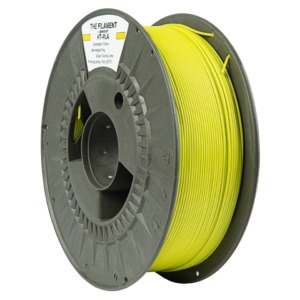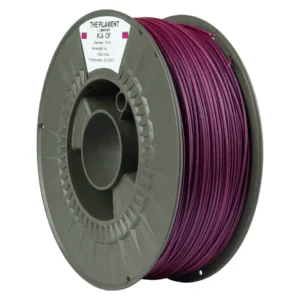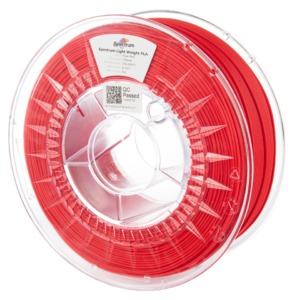The 3D printing of ceramic materials using the FDM/FFF process is a new technology for additive forming of ceramic elements, which will find application mainly in the manufacture of prototypes and small series of workpieces with complex geometries that cannot be produced using other manufacturing techniques. Once the model has been formed by the 3D printer, the workpieces require appropriate post-processing, which includes debinding and sintering.
Spectrum’s ceramic filaments are based on polyamide, which distinguishes them from other, related 3D printing materials in wire form, such as the relatively toxic POM. The workpieces are printed at very low temperatures, at 150-160°C with a work table temperature of 40-50°C.
After completion of the work, the workpiece can be subjected to typical machining such as removing support structures, grinding the surface (which becomes glossy) or drilling. This is followed by the so-called debinding, i. e. the removal of the binders. Depending on the type of ceramic contained in the filament, this can take different forms – such as a bath in a dedicated, commonly available chemical agent (for example acetone). The last part of the processing is baking in an oven.
All 3D models presented at Formnext 2019 were produced using the BCN3D Sigma 3D printer, proving that they are ideal for desktop environments.
The new Spectrum ceramic filaments are based on the most common materials in modern ceramics:
- Silicon carbide SSiC
- Silicon nitride Si3N4
- Aluminum oxide Al2O3
- Zirconium oxide ZrO2
